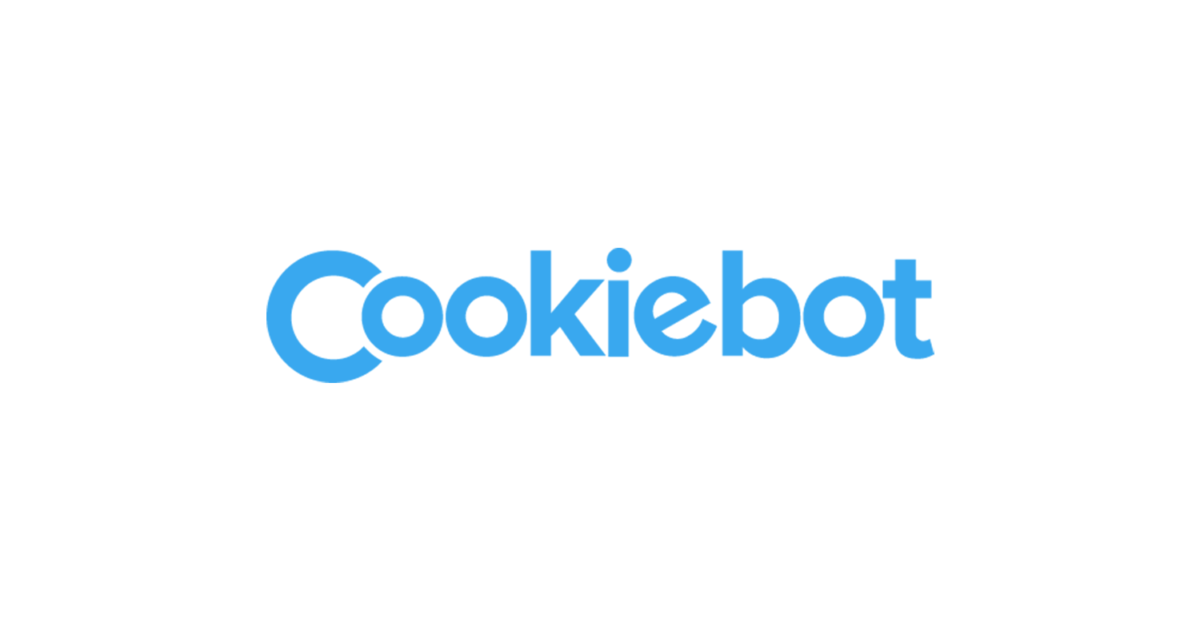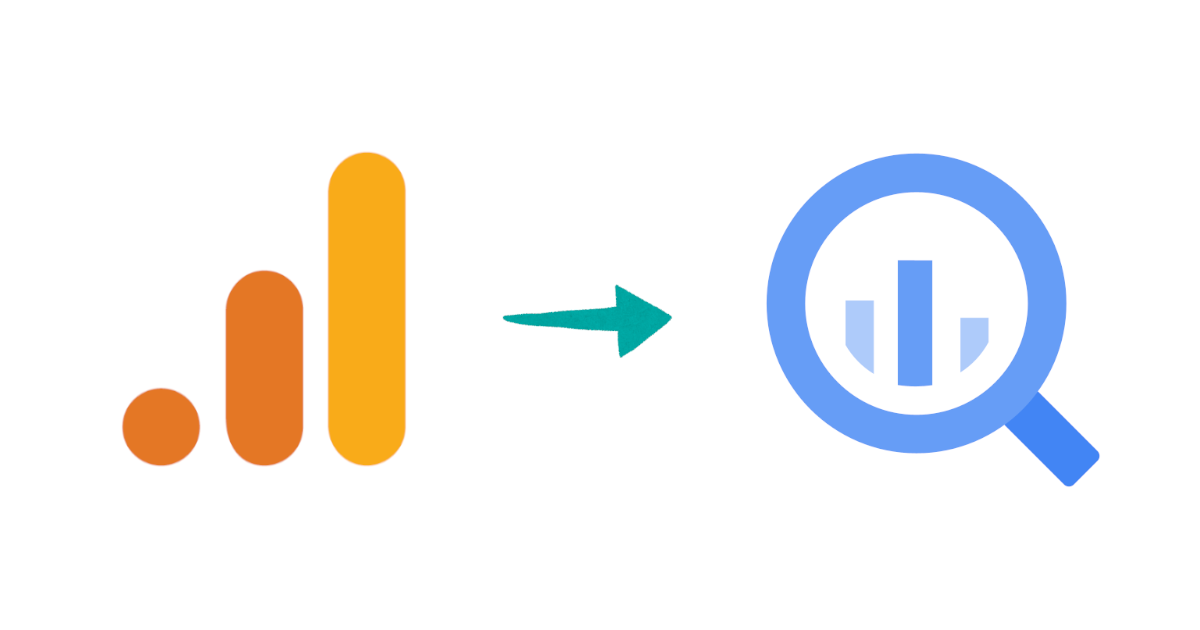
Introduction to Google Analytics Reports
Introduction
Google Analytics is a website analysis/tracking service which provides real-time statistics and analysis of user activities with the website. In a given application,
- It helps in interpreting and optimizing the website’s performance and analyze the visitors activity of website.
- It tracks all forms of digital media, e-mails and integrates with other Google products such as Google Ads.
The data provided by Google analytics is designed mainly for marketing purposes and computing the quality of traffic they are receiving and the effectiveness of their marketing endeavours.
Google analytics is entirely cloud based and works by using a snippet of Javascript on the website that needs to be monitored. There is support for both Universal Analytics (UA) and Google Analytics 4 (GA4).
Getting started with Google Analytics
The first thing we need to do is create a Google Analytics account, add the website URL and add a tracking code to our website application that needs to be tracked. With the help of tracking code, Google Analytics can understand that it must track the website visitors and any of their interaction. An example of Tracking code is shown below :
![]()
When a user visits the website, Google Analytics will set a cookie on the user’s browser. Cookies are files that contains data of user’s activities. Using these cookies, Google Analytics will track the user's behaviour on the website and then use the data to create reports.
Using Google Analytics Reports
The Google Analytics Home gives us an overview of how our website is performing.

The following are the types of reports that can be seen from GA : - Realtime Report - Engagement Report - Acquisition Report - Conversions Report
Let’s look at each of these reports, what they track, and how we can use them.
Realtime Report
The realtime report shows the number of users interacting on the website application in real-time. Under overview, we can view the top active pages of the website, how many visitors are on these pages in real-time, and the country, the users are from. The overview report will show all the prime information.
Some ways to use Real-Time reports :
- To see how much traffic we’re getting from a social/blog post
- To know if an event is driving views for promotion
- To test tracking URLs and custom events
Engagement Report
Engagement report in Google Analytics breaks down the website traffic. Most of these reports are easy to read, and we can use the data as per our needs. For instance, we can use the Event report to check the Event count sorted by the Event name. Another important report we can use is Pages and Screens. It will show us how many visitors are viewing the website page by page.
Acquisition Report
Acquisition reports tell us how the traffic reaches our website. Google Analytics will divide our web application traffic into four categories:
- Organic Search: The traffic that comes from search engines like Google, Bing etc.
- Direct: The traffic that arrives when someone types in the website’s URL or when Google cannot recognize the traffic source.
- Referral: The traffic that comes from a link on another website or a YouTube video
- Social: The traffic that arrives from social media platforms like Facebook,Twitter or Instagram.
Depending on the category, we’ll see landing pages ( URLs your visitors entered the site on) and source (from which website it was lead). For instance, if we want to know which search engine is bringing in the most organic traffic, this report will show exactly how many visitors come from which search engine. This helps in understanding how one should approach social media and SEO marketing campaigns in the future.
Conversion Report
Conversion Report tells us how our website’s conversion rate is performing. Conversion rate is any activity completed by the website visitor. For example, downloading a video, buying a product, or subscribing to your newsletter. It shows how much money we’re earning by turning website visitors to customers.
Conclusion
The blog begins with the Introduction to Google Analytics. Later, we deep dive into Google Analytics by discussing about the procedure to start with Google Analytics. This information can be used to analyze applications with tracking using GA. By using Google Analytics, we can form different types of reports which is significant for any digital marketer. Depending on our approach, investing in a proper setup prior is beneficial.
Happy exploring!









